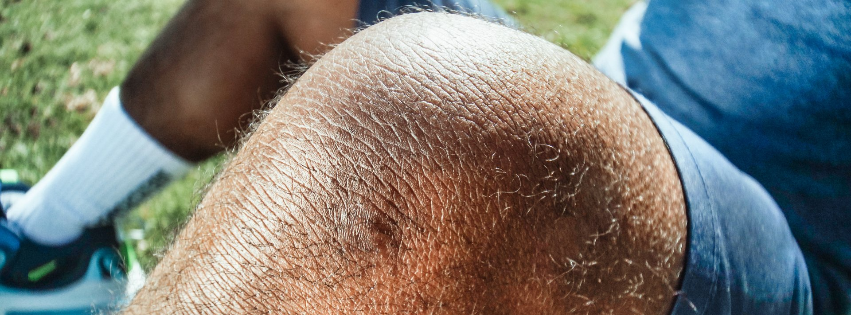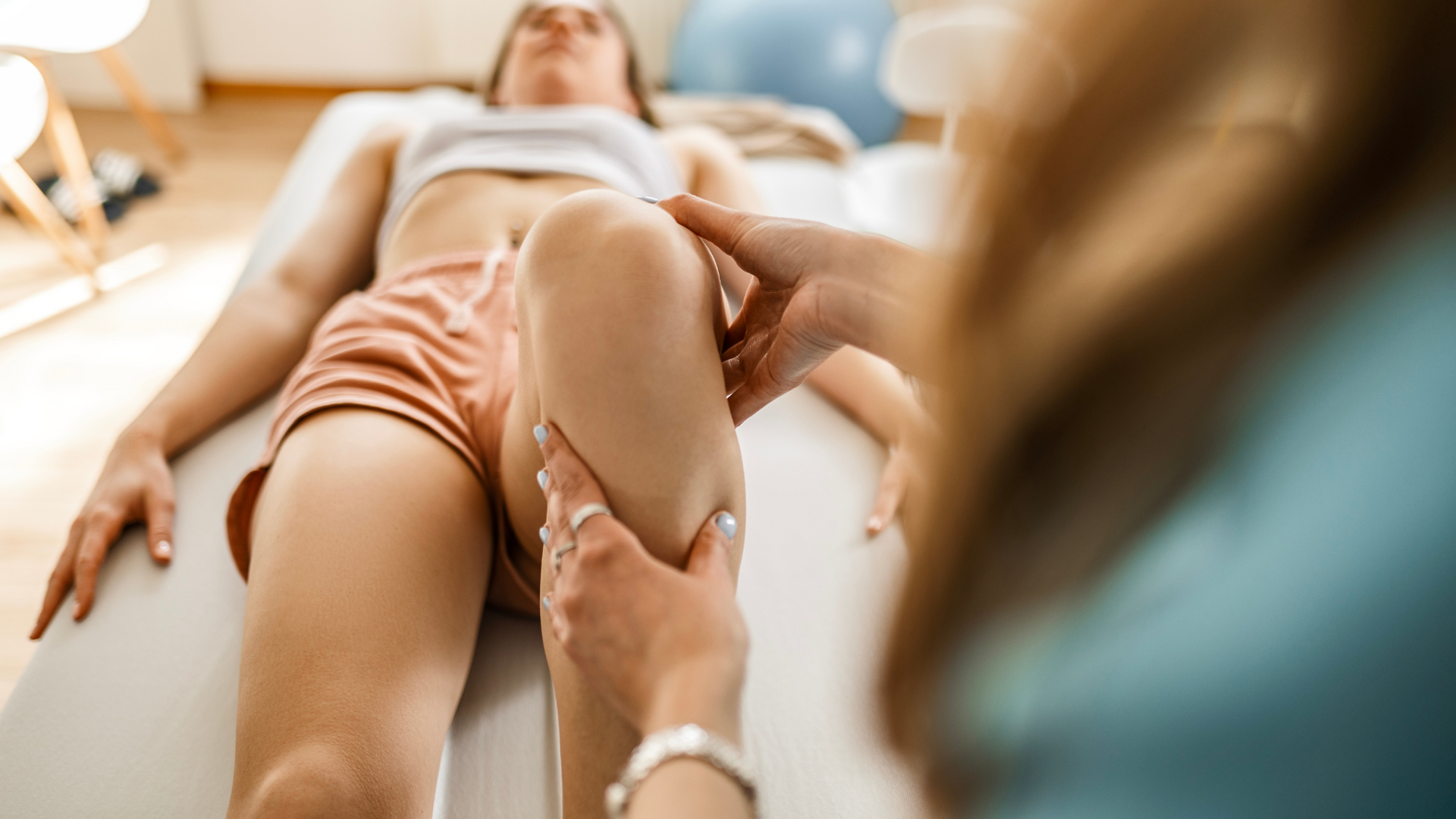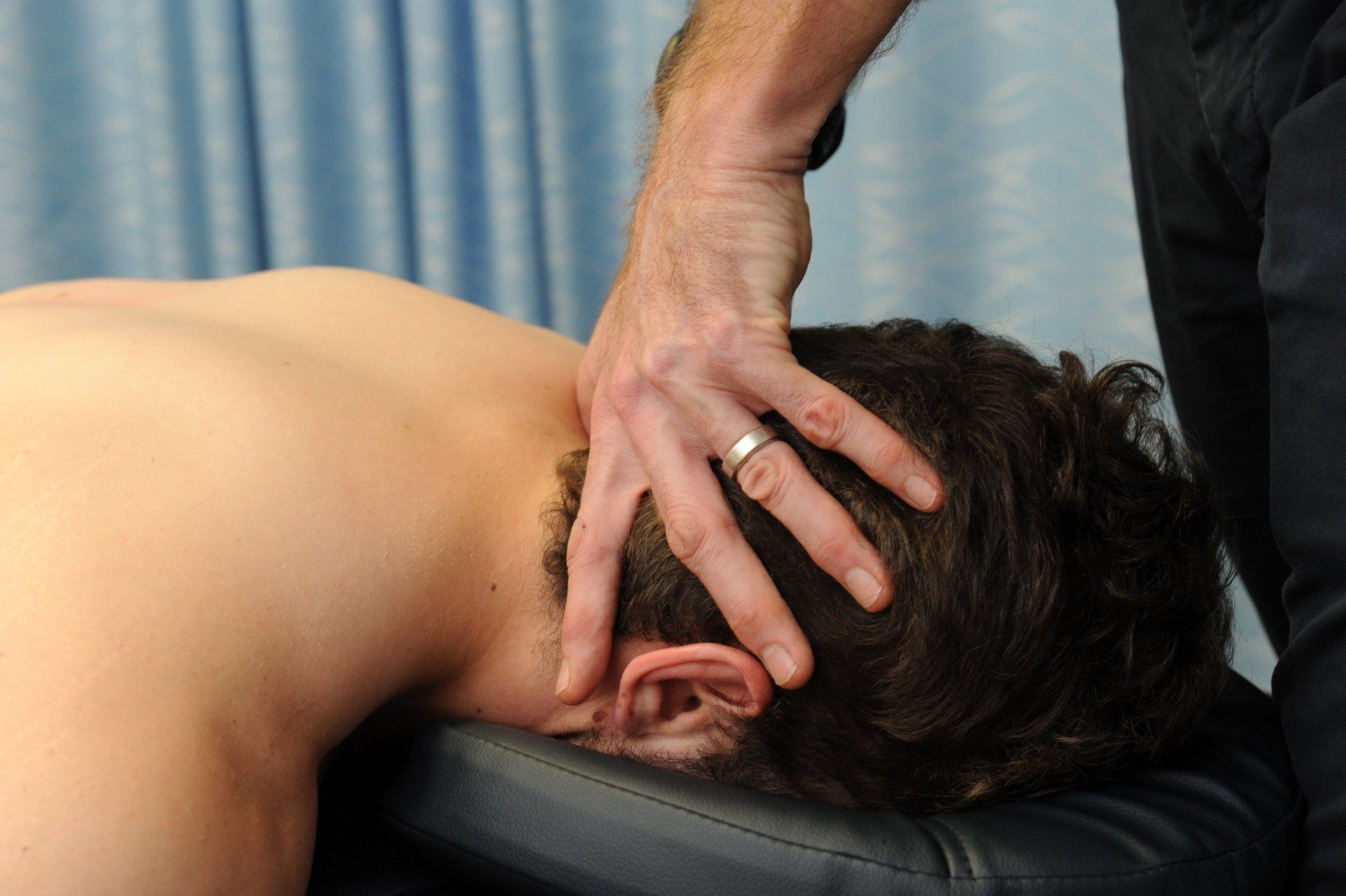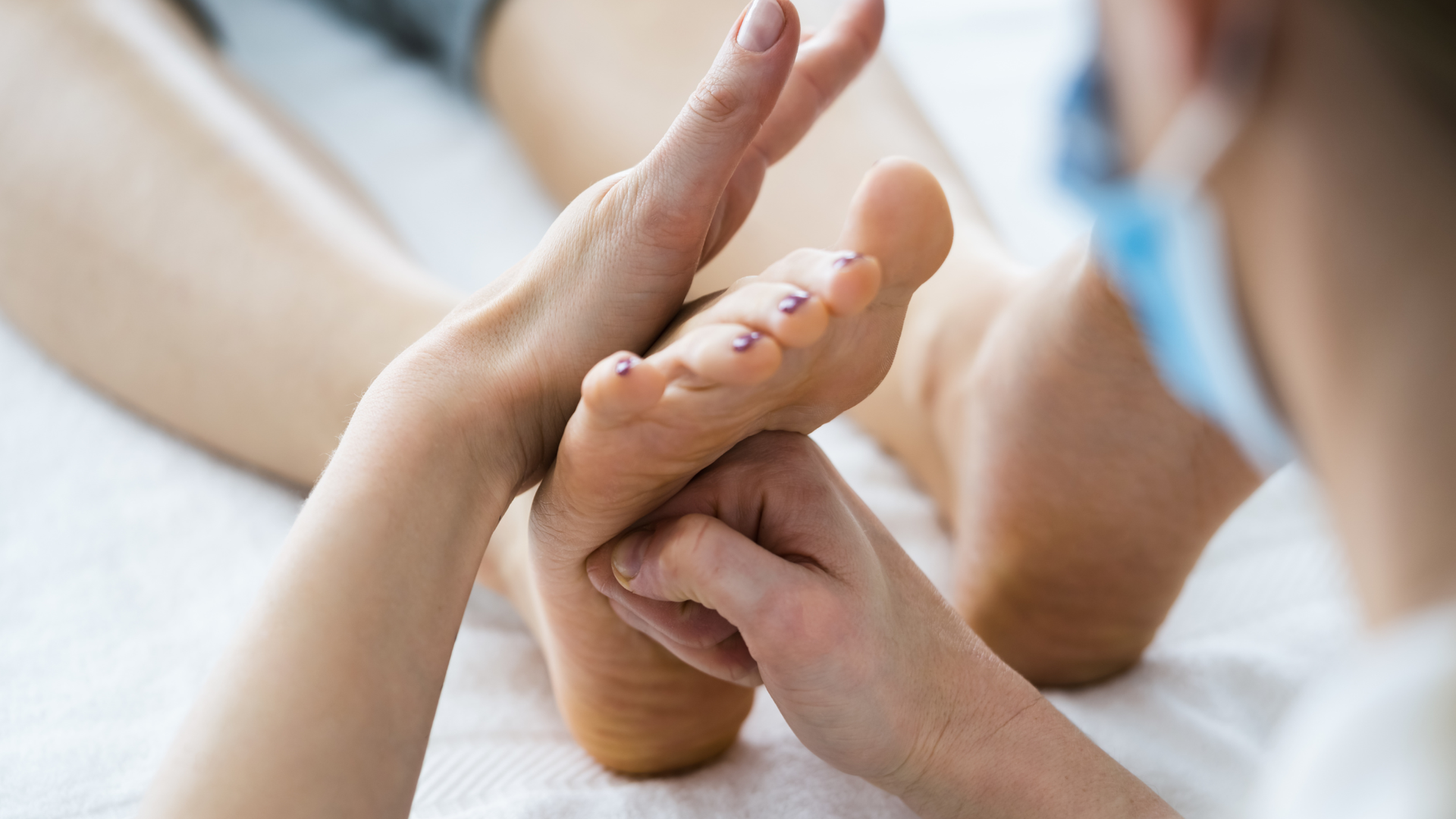The Knee - ACL Injuries Part Two
What are ACL injuries, how are they managed, and can we prevent them?

They’re big questions, and to ensure we don’t send you to sleep talking endlessly about ACL’s, we’ve broken it down into 3 parts:
(1) ACL Injury
(2) Injury Management, and
(3) Injury Prevention.
Part Two – Injury Management
Before jumping head-first into management of an ACL injury, it’s worth talking about the different grades of injury and how this might influence your decisions.
Grades of Injury
Contrary to popular belief, not all ACL injuries are complete tears. As we introduced in Part One, the ACL can by strained, partially torn, or completely ruptured. These are referred to as Grade 1, Grade 2 and Grade 3 tears respectively, and this will certainly influence how an ACL injury is managed.
With a Grade 1 tear, thank your lucky stars, because while the fibres of the ligament are stretched, they are not torn. While these injuries may be accompanied by some swelling and tenderness, structurally they are stable and don’t give way with activity.
With a Grade 2 tear, there is more damage. Some, but not all, fibres of the ligament are torn and there is a greater degree of swelling and tenderness due to tearing of blood vessels. There may be some loss of range of movement, and the knee may feel unstable at times.
With a Grade 3 tear, the ligament is completely ruptured and there are often associated injuries. There is often large and rapid swelling, usually within 2 hours, with associated loss of joint range of movement. People often report the knee giving way, sometimes with normal movement, but more frequently with rotational movements. Surprisingly, once the shock has passed, the pain reported is much less than one would expect given the type of injury.
Injury Assessment
As with any knee injury, early, thorough assessment is important. Even if the injury is small, assessment is essential. A good physiotherapist will quiz you about your injury a lot. An excellent physiotherapist will enquire about what you love doing and what your goals are.
Most of the time, the history of the injury will tell us if you have injured your ACL. It can also guide us to other structures that may have been collateral damage. From there, a structured physical assessment confirms our clinical reasoning. This will involve looking at your range of motion, ability to weight bear on the injured leg, muscle strength and activation, and degree of swelling. We also use some special tests to check the integrity of the ACL, as well as various other structures of the knee.
In most instances, medical imaging is indicated. MRI is the gold standard for assessing the integrity of the ACL and can assist in determining the grade of tear (see above), but plain x-rays are also important, as in some instances fractures occur which may require a different management plan.
ACL Injury Management
If the first thing your doctor or physio says about management for an ACL injury is “We need to get you in to see a surgeon”, get a second opinion!
The findings of any assessment, together with the results of any medical imaging and all your treatment options, should be presented to you, the patient, in a clear and concise manner to allow you to make an informed decision.
While surgery for complete ruptures, particularly in younger, athletic populations, is still the most common approach, there is a growing body of evidence for non-surgical management, particularly if the rupture is incomplete or where there is no history of mechanical instability, even in the presence of a complete rupture. When pain, function, return to sport, quality of life and future knee osteoarthritis are considered, the results are strikingly similar regardless of whether a surgical or conservative (non-surgical) approach is taken. So listen to your physio, take some time and make the best decision for YOU.
Rehabilitation is essential. For a Grade 1 tear, this might only be 3-6 weeks depending on symptoms and any pre-existing “risk factors” that might need correcting. The greater the injury, the longer the rehabilitation period, with surgical repairs requiring 9-12 months of rehabilitation before returning to full contact sport.
Rehab is so much more than flexibility and strength. Remember those two terms neuromuscular and biomechanics? That’s what physio’s are brilliant at. Tapping into methods to get your knee (or any body part actually) moving the way it should - strengthening key muscle groups, stretching tight structures, addressing modifiable risk factors (see Part Three for more on this), exercise prescription, graded return to functional activity and sports related activities and education, education, education.
The Take Home
If you’ve injured your knee, even if it is only a little tweek, you won’t know if you’ve strained your ACL unless you get it assessed. A Grade 1 ACL strain significantly increases your risk of a significant ACL injury in the future, so heed the warning, get it assessed, and do some rehab – it could save you a lot of time, money and missed sport in the future.
And know your options. Health care is about informed decision making. Surgery for an ACL injury should not be a given. Get all the facts, take some time to consider your situation, and don’t feel pressured.
Finally, if you want to know how to reduce your risk of ACL injury, stay tuned for Part Three in this series where we delve into all the details about modifiable risk factors and ACL Injury Prevention programs.
If your looking for some more information on the management of ACL injuries, check out theses perspectives from the Journal of Orthopaedic Sports and Physical Therapy:
- Knee Ligament Sprains and Tears: Clinical Practice Guidelines — Ensuring Best Care
- Anterior Cruciate Ligament Surgery: Optimize Return to Activity andMinimize Risk of a Second Injury
- Return to Sport: When to Resume Full Activity After an ACL Surgery
- Preventing Knee Injuries: Exercises to Keep You From Getting Sidelined
Do you have knee pain?
Have you recently injured your ACL?
Do you want better knee health now and into the future?
Give us a call or click on BOOK AN APPOINTMENT to book online.
We love knees and we love helping people with all sorts of knee problems get back to doing what they enjoy most.
Resources: For a full list of the resources used in this series, contact us via our Contact page.








